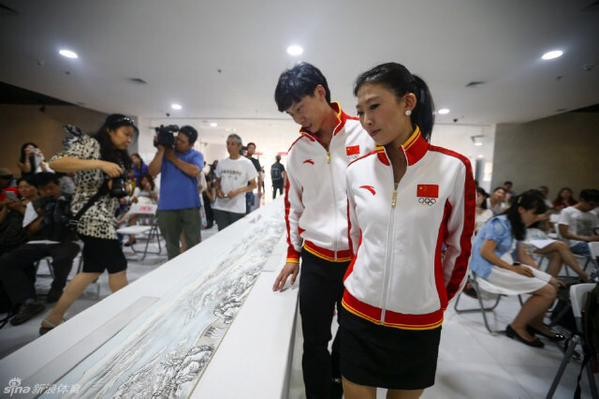The new Chinese upper class has been mandated to spend less by the Chinese government, but even though people in this class have slashed their spending, they've been found to be buying more "athleisure" products instead.
Athletic/leisure must-have products include GPS watches, compression leggings and hydration packs. The demands for these products have grown that luxury items are losing grip of the market.
One of the companies enjoying the rise in the said market is Adidas, which had a sizable share in the athleisure market of 18 percent in 2015.
Under Armor, an American sports clothing and accessories company, announced that they see a 25-percent growth in China and has already made $8 million sales in 2016.
According to a survey conducted by Euromonitor International, a market research company, the athletic leisure market is predicted to grow to $43.1 billion by 2020.
According to Morgan Stanley, the athletic wear market is getting big amounts of attention in Asia. Its research forecast that there will even be a sustained growth until 2020. It reported that the growth in apparel and footwear is estimated at $83 billion or 30 percent.
The growing interest to live a healthy lifestyle is the major factor for the increase in purchases throughout the world. Morgan Stanley observed that there are more boys and girls in high school that are engaged in sports. This is also evident in China where the government is encouraging youth athletic activities. There will be a 60-percent increase in athletic facilities in China by 2025, the company reported.
Despite efforts from the government, local Chinese manufacturers are suffering a dip in sales. This is according to a report released by GF Securities Brokerage Limited.
The sales dip is blamed on the ongoing promotion for the 2022 Winter Olympics in Beijing, driving more customers to buy clothes with American than local brands.



























